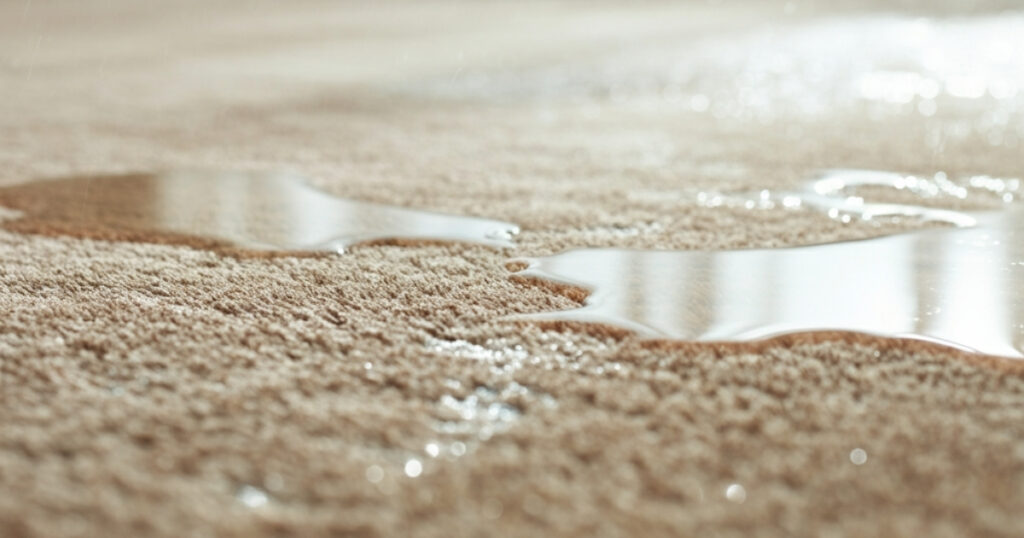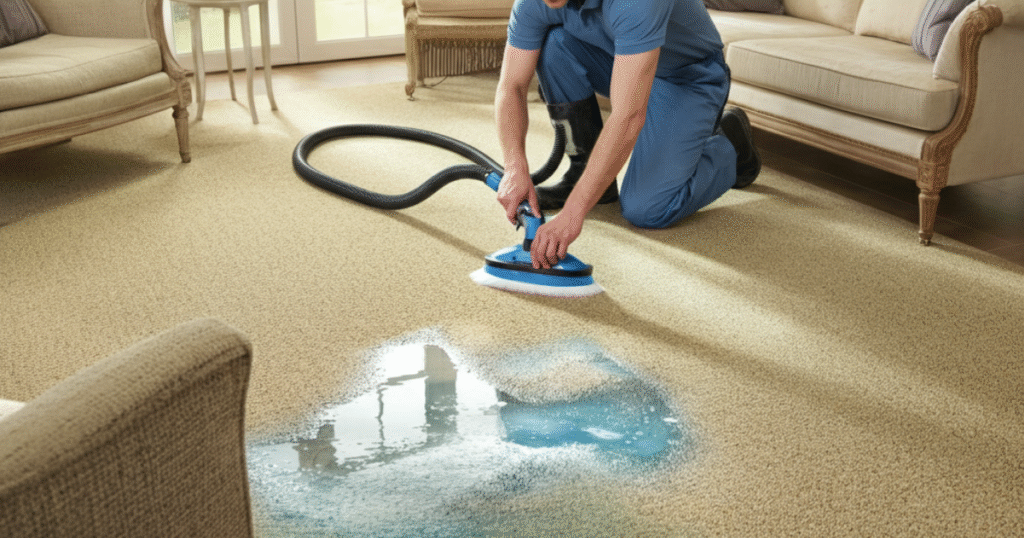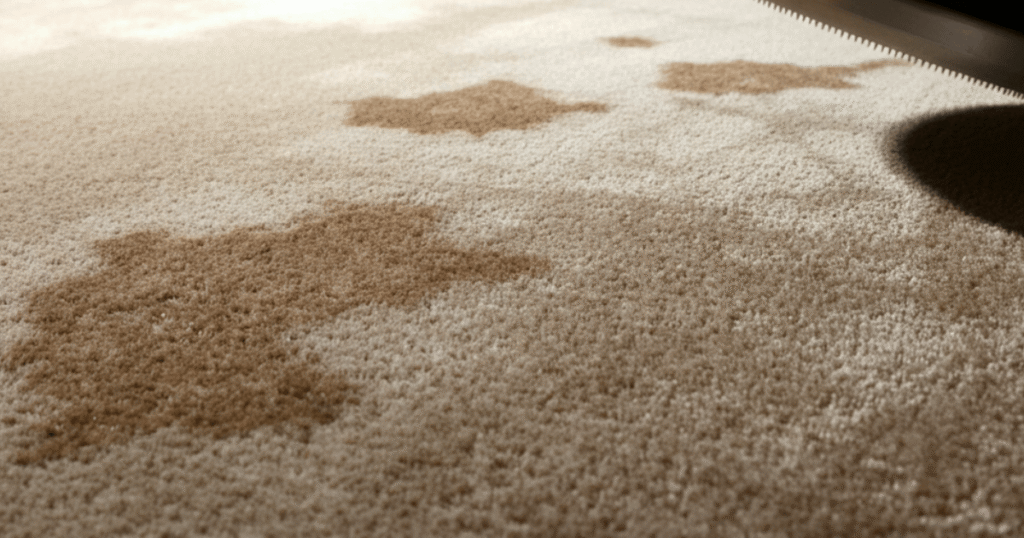Old wood furniture brings character and history into a home, but sometimes it also brings along unwanted smells. Learning how to remove odor from old wood furniture is essential for anyone who loves antique or secondhand pieces. That persistent musty, smoky, or damp smell can permeate a room, detracting from the beauty of the furniture. Fortunately, with the right techniques and a little patience, you can effectively eliminate these odors and restore your furniture to its former glory. This guide provides a comprehensive overview of several methods to freshen up your cherished wooden items.
These methods range from simple, natural solutions to more intensive cleaning processes, ensuring there is an option for every type of furniture and odor. Whether you’re dealing with a recent thrift store find or an inherited family heirloom, understanding these techniques will help you tackle the problem efficiently. By following these steps, you can ensure your beautiful wood furniture smells as good as it looks, making it a pleasant addition to your living space for years to come.
Understanding the Source of Furniture Odors
Before you can effectively remove an odor, it’s helpful to understand where it’s coming from. Old wood furniture can absorb smells from its environment over many years. Common culprits include mildew, cigarette smoke, and general dampness. Wood is a porous material, which means it has tiny holes that can trap moisture and odor-causing particles. Consequently, simply airing out the furniture might not be enough to get rid of deeply embedded smells.
Identifying the specific type of odor can also guide your cleaning approach. For instance, a musty smell often indicates the presence of mold or mildew, which requires a different treatment than a smoke odor. A sour or stale smell might just be from years of dust and grime buildup. By taking a moment to diagnose the source, you can choose the most effective method for removing the odor from your old wood furniture, saving you time and effort in the long run.
Preparing Your Furniture for Odor Removal
Proper preparation is a crucial first step in the odor removal process. Start by completely emptying the piece of furniture. Remove all drawers, shelves, and any other detachable components. This allows you to access every nook and cranny where odors might be hiding. Moreover, it ensures that your cleaning solution reaches all surfaces, providing a more thorough treatment and better results.
Next, give the furniture a good cleaning. Use a soft cloth or a vacuum with a brush attachment to remove all dust, cobwebs, and loose debris from both the interior and exterior surfaces. For any sticky or grimy spots, wipe them down with a damp cloth and a mild soap solution. Always be sure to dry the wood thoroughly afterward to prevent any moisture damage. This initial cleaning removes the surface-level dirt that can contribute to odors and prepares the wood for deeper treatment.
Natural Methods for Odor Elimination
Many effective odor-removal solutions use common household items. These natural methods are gentle on wood and safe to use in your home. They are an excellent starting point for tackling unwanted smells.
Using Sunlight and Fresh Air
One of the simplest and most effective ways to remove odors is to use the power of sunlight and fresh air. Place your furniture in a well-ventilated, sunny spot, either outdoors or near an open window. The fresh air helps to dissipate smells, while the UV rays from the sun can kill mold and mildew spores that cause musty odors. Leave the furniture to air out for several hours or even a full day if the weather permits.
However, be cautious not to leave delicate or painted furniture in direct, intense sunlight for too long, as it can cause the finish to fade or the wood to warp. This method is best for sturdy pieces and is a great first step before trying other cleaning solutions. It often significantly reduces the odor, making subsequent treatments more effective.
Baking Soda for Absorbing Smells
Baking soda is a renowned natural deodorizer that works by absorbing and neutralizing odors. To use it, sprinkle a generous layer of baking soda inside the drawers and on all surfaces of the furniture. If you are dealing with an enclosed piece like a cabinet or armoire, you can also place an open box or bowl of baking soda inside and close the doors.
Let the baking soda sit for at least 24 hours, or even a few days for particularly strong odors. It will gradually absorb the unwanted smells from the wood. Afterward, simply vacuum up the baking soda using a brush attachment. This method is inexpensive, non-toxic, and surprisingly effective for a variety of odors, especially musty and smoky smells.
The Power of White Vinegar
White vinegar is another powerful, natural cleaner that can neutralize many types of odors. Its acidic properties help to break down the molecules that cause smells. To create a cleaning solution, mix equal parts white vinegar and water in a spray bottle. Lightly mist the solution onto the interior and exterior surfaces of the furniture.
Be careful not to oversaturate the wood. Use a clean cloth to wipe the surfaces down after spraying. The vinegar smell will be strong at first, but it will dissipate as it dries, taking the unpleasant odors with it. For a more targeted approach, you can place a bowl of pure vinegar inside a cabinet or drawer and close it for a day or two to absorb lingering smells.
Advanced Techniques for Stubborn Odors
Sometimes, natural remedies are not enough to eliminate deeply ingrained smells. In these cases, you may need to turn to more advanced techniques to fully refresh your furniture.
Applying a Sealing Primer
If the odor persists even after thorough cleaning, it might be trapped within the wood’s finish. In this situation, sealing the odor in is often the best solution. A clear, shellac-based sealing primer can be applied to the interior surfaces of the furniture, such as the inside of drawers or cabinets. This creates a barrier that traps the odor-causing particles and prevents them from escaping.
Before applying the sealer, make sure the wood is clean and dry. Lightly sand the surfaces to help the primer adhere properly. Apply a thin, even coat of the sealer with a brush and let it dry completely according to the manufacturer’s instructions. This method is especially effective for stubborn smoke and mildew smells and can save a piece of furniture that might otherwise be unusable. If you’re curious to learn more, check out this article: How to Get Musty Smell Out of Antique Furniture | Complete Guide.
Sanding and Refinishing
For the most persistent odors, or if the furniture’s finish is already damaged, sanding and refinishing might be necessary. This process removes the top layer of wood and finish where the odors are trapped. Start by sanding the surfaces with medium-grit sandpaper, then move to a finer grit for a smooth finish. Always sand in the direction of the wood grain.
Once you have sanded the furniture, wipe away all the dust with a tack cloth. You can then apply a new stain, paint, or sealant of your choice. This is a more labor-intensive solution, but it is the most thorough way to remove odors and gives you the opportunity to completely update the look of your furniture. It essentially gives the piece a fresh start, free from any old smells.
Maintaining Freshness in Your Wood Furniture
Once you have successfully removed the odors from your old wood furniture, you will want to take steps to keep it smelling fresh. Regular maintenance is key. Dust the furniture often with a soft cloth to prevent grime buildup. Also, ensure the area where the furniture is kept is well-ventilated to prevent moisture from accumulating, which can lead to musty smells.
Using sachets filled with dried lavender, cedar chips, or activated charcoal inside drawers and cabinets can also help absorb any new odors and keep the furniture smelling pleasant. You can also place an open box of baking soda inside larger pieces and replace it every few months. By incorporating these simple habits into your routine, you can enjoy the timeless beauty of your wood furniture without any unwelcome smells.
Frequently Asked Questions
1. Can I use coffee grounds to remove odors from wood furniture?
Yes, coffee grounds can be used to absorb odors. Place dry, unused coffee grounds in a bowl or an open container and leave it inside the furniture with the doors or drawers closed for a few days. The coffee will absorb the musty smells, but be aware that it might leave a slight coffee scent behind.
2. How long does it take to get the musty smell out of wood?
The time it takes can vary depending on the severity of the odor and the method you use. Simple airing out might take a day or two, while methods using baking soda or vinegar could take several days. For very stubborn odors requiring sealing or refinishing, the process could take a week or more.
3. Is it safe to use bleach on wood furniture to kill mold?
No, it is generally not recommended to use bleach on wood furniture. Bleach can damage and discolor the wood’s finish and may not penetrate deep enough to kill all the mold spores. A solution of vinegar and water is a safer and often more effective alternative for treating mold and mildew.
4. What if the odor is in the upholstery of the furniture?
If the odor is in the fabric upholstery, you will need to clean the fabric. You can use a fabric cleaner, a steam cleaner, or sprinkle baking soda on the upholstery, let it sit, and then vacuum it off. For severe odors, you may need to have the piece professionally cleaned or consider reupholstering it.
5. Does activated charcoal work for furniture odors?
Yes, activated charcoal is highly effective at absorbing odors. You can place charcoal briquettes (the kind without lighter fluid) or commercially available charcoal pouches inside drawers and cabinets. It works similarly to baking soda but is often more potent for strong smells.
As an Amazon Associate, I earn from qualifying purchases.



